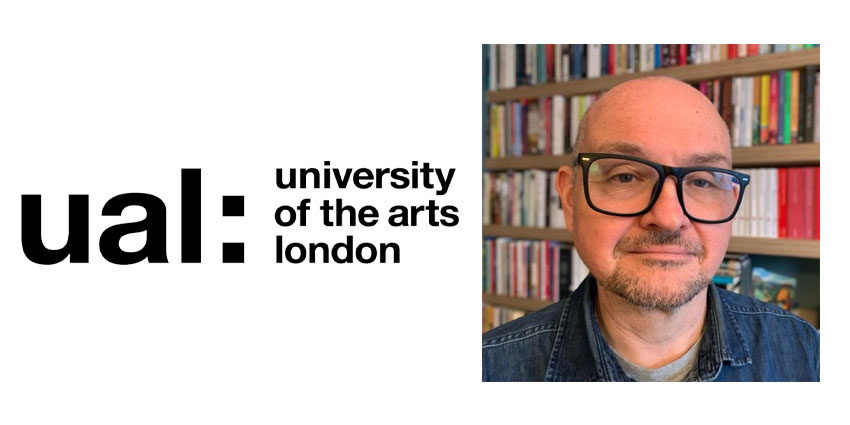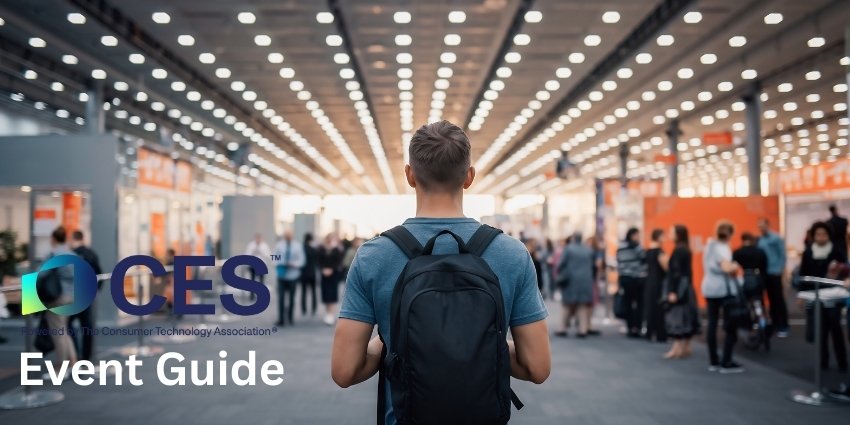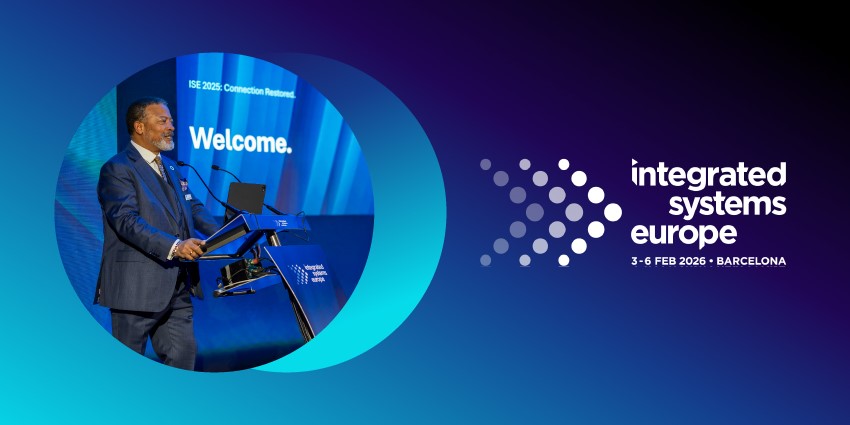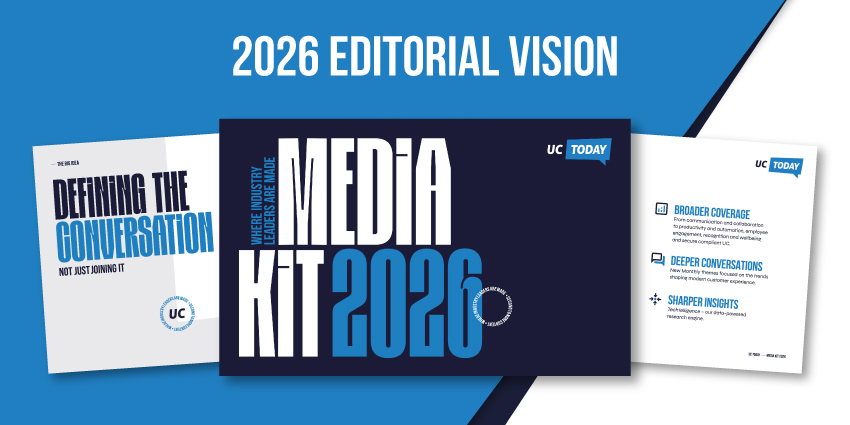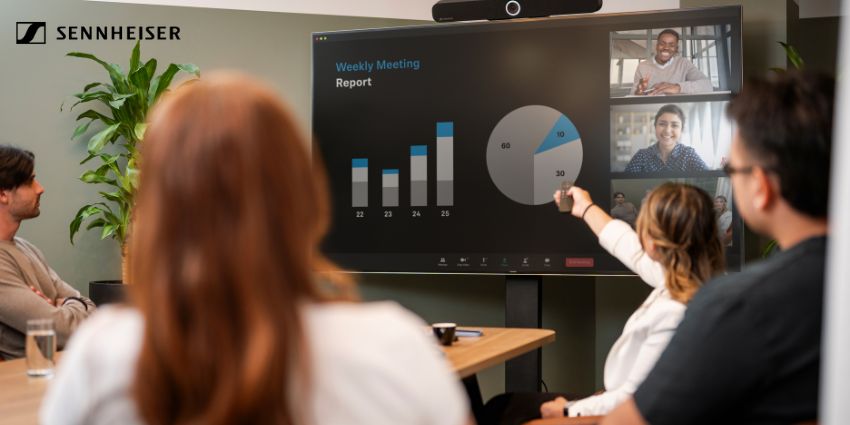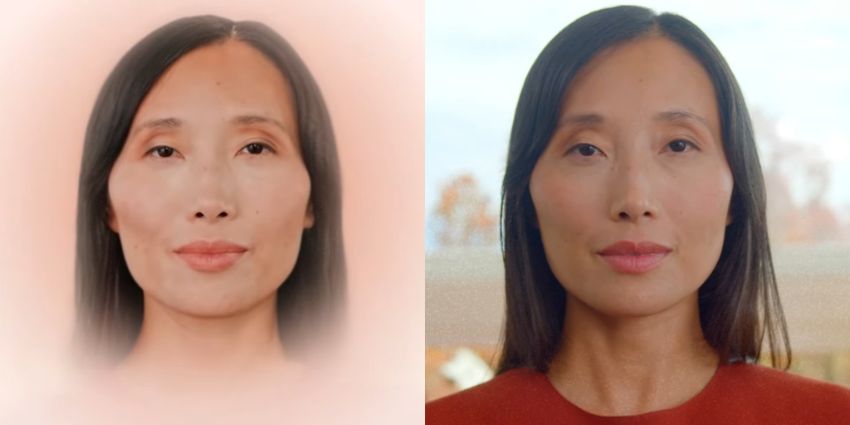19,000 full-time students, almost a third of whom don’t count English as their first language. 4000 full-time staff. Five college campuses across 16 buildings, comprising over 500 AV-enabled teaching and meeting spaces. That scale of work would constitute a challenge for any AV team at any higher education institution.
However, there’s an extra twist that complicates that picture even further. This isn’t any traditional higher ed organisation—this is the University of the Arts London, where unique and creative teaching and learning processes require unique and creative AV management.
“We teach an incredible variety of courses, too, some of which are very hands-on and practical,” Gary Keene, Head of AV at the University of the Arts London, told UC Today.
“If you go to Central St. Martins in King’s Cross, you’ll find a ceramics school there,” Keene continued. “So we have kilns, and we have students learning how to be potters and ceramicists. If you go to the London College of Communications in Elephant & Castle, you’ll find some incredibly cutting-edge work in VR, XR, and AR, so anything related to creativity is something we’re deeply involved in.”
How does that play itself out in the teaching and meeting spaces?
“They’re constantly being reconfigured,” Keene explained, “and no two lessons are the same.”
I view it as this wonderfully creative and anarchic situation that we can never control, but we can set up and run environments that allow our student community and academics to meet their learning and teaching needs in a flexible and creative way.”
Underpinning this adaptability is a flexible tech stack, one that Keene asserts is in the process of being simplified. Given the university is technically five colleges, that previously meant it encompassed five different tech stacks, strategies and directions. Over the past few years, Keene and his team have begun rationalising that.
“If you look at where our investment is going, in the conventional meeting spaces, we have MTR rooms,” Keene outlined. “In our teaching spaces, those spaces tend to be quite large, between 30 and 80 students. They have to be quite flexible; they don’t have fixed tiers of seating; they’re often tables and chairs that get moved around a lot. So quite a lot of investment in QSC, and on audio, quite a lot of Sennheiser, too.”
“We’re trying to create these relatively large environments where you can just walk in and go. In a sense, the technology follows you and the movement you have within that environment; we don’t root you to the spot and make you teach here and talk to that person over there. We’re trying to track and record and capture the natural flow of teaching as it goes, so movement and the ability to understand movement in real time and track that is key to this.”
Speaking of tracking and capturing the flow of teaching, one relatively novel tool that’s empowering that capability is, you’ve guessed it, AI. Has Keene and his team been experimenting with AI much so far?
“Drew Breunig conceived AI as either cogs, agents, or gods,” Keene said. “We are at the cogs stage of our AI investment, where certain elements exist. Again, it’s predominantly tracking and filtering, which AI automates for us.”
Another way the University of the Arts London is approaching AI more generally is by addressing the challenge around students using tools like ChatGPT to complete work, devaluing it in the process. UAL’s response has been to refocus assessments away from the traditional written word:
At the moment, we’re really busy experimenting with student assessments that use video and audio to demonstrate student skills. We’re moving away from the assessment being something written down by a student because GPT impacts that and not always in a positive way, and we’re moving towards setting up multiple cameras in environments where students are coming in and giving us demonstrations of the skills that they’ve learned.”
Critically, this isn’t a student-only point of contention. “Lecturers can dive in to create their content, too,” Keene highlighted. “We have to be aware this is not purely a one-sided equation.”
Keene and his team’s management of that enormous amount of information leads them to another compelling AI use case. “In educational terms, its positive use goes back to this idea of cogs,” he said. “So, if it’s a tool that allows sessions to be set up and managed and the ongoing admin around sessions to be effectively automated, that creates more space for the one-to-one relationship that you want between academics and students and the small group interactions that need to go on.”
“So what we’re really looking to do is to free up more time and space for the high-value work that inevitably is physical, interactive and collaborative to take place.”
Naturally, as a creative arts university, maintaining the hybrid work and learning practices from the pandemic wasn’t workable. Even what Keene called “2D work”, as in work that is screen-based or generated on screens, is done in collaborative environments. As a result, although the university went fully hybrid during COVID-19, it has bounced back to predominantly being a physical teaching space.
“We still use a lot of video beyond the display work that you associate with face-to-face teaching,” Keene added. “A lot of our lectures are recorded. Many of our courses use technical terminology, so the ramp-up of learning is often difficult. Therefore, the ability to go back and see what was discussed, watch it in your language of choice, and pace your learning is increasingly important in what we do.”
Given there is such a high level of brand recognition across UAL, that’s often being leveraged for interesting projects, such as colleges collaborating with organisations outside of their boundaries.
“We’ve got this project where Camberwell College of Art is co-teaching an MA in 2D and 3D design with Kyoto University in Japan,” Keene said. “We’ve created almost like lab environments that have really high-quality real-time video conferencing so that the way in which work is demonstrated and discussed is done in incredibly high quality.”
“So as someone maybe in Camberwell is presenting a 3D piece of work and talking through it, you’re talking to this environment of 20 other student peers, some of whom are in the room with you and some of whom are on the other side of the world. You’re able to read their body language and often get those insights that disappear when people start talking. You’re getting real-time, high-quality feedback from them.”
